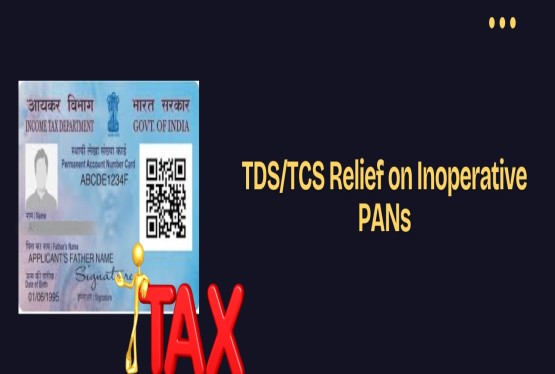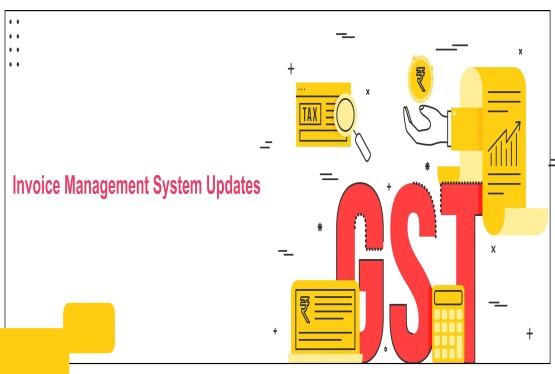A NIL return is a type of mandatory filing made when a taxpayer or registered entity has no financial transactions, income, or tax liability during a specific period but is still legally required to submit a return. Filing a NIL return is essential for maintaining compliance with tax laws such as GST, Income Tax, TDS, or MCA regulations, even when no activity has occurred. Failing to file can lead to penalties, late fees, or even cancellation of registration. This article explains what a NIL return is, why it matters, and the situations in which you must file one.
If an individual’s income during a financial year is less than the basic exemption limit, there is no tax payable, and under Section 139(1) of the Income-tax Act, 1961, they are not obligated to file an Income Tax Return (ITR). Since they fall outside the taxable income bracket, they are legally exempt from return filing.
However, if such individuals choose to file their ITR voluntarily, despite having no tax liability, it is known as a Nil Return. While filing a Nil Return is not compulsory, doing so can offer benefits such as income proof, loan eligibility, visa processing support, and the ability to carry forward certain losses.
The basic exemption limit depends on the tax regime and age category:
Under the Old Tax Regime:
-
Individuals below 60 years: Rs.2,50,000
-
Senior citizens (60 to 80 years): Rs.3,00,000
-
Super senior citizens (above 80 years): Rs.5,00,000
Under the New Tax Regime:
-
For all individuals: Rs.3,00,000
Budget 2025 Highlights: New Income Tax Bill Brings Major Relief for Salaried Class
In a move under Budget 2025, the Finance Minister tabled the new Income Tax Bill in the Lok Sabha, aimed at simplifying tax laws and making them more transparent and taxpayer friendly. One of the most impactful announcements is the revision of the tax slabs under the new tax regime, offering considerable relief to middle-income earners.
As per the proposed changes, individuals with an annual income of up to Rs.12,00,000 will face zero tax liability in the Financial Year 2025–26 (Assessment Year 2026–27), thanks to an increased rebate of Rs.60,000. Additionally, salaried individuals will benefit from a standard deduction of Rs.75,000, effectively making income up to Rs.12,75,000 tax-free.
Revised Income Tax Slabs (New Regime) – FY 2025-26
|
Income Slab (Annual) |
Applicable Tax Rate |
|
Up to Rs.4,00,000 |
NIL |
|
Rs.4,00,001 – Rs.8,00,000 |
5% |
|
Rs.8,00,001 – Rs.12,00,000 |
10% |
|
Rs.12,00,001 – Rs.16,00,000 |
15% |
|
Rs.16,00,001 – Rs.20,00,000 |
20% |
|
Rs.20,00,001 – Rs.24,00,000 |
25% |
|
Above Rs.24,00,000 |
30% |
What This Means for You
-
No tax for income up to Rs.12,00,000 under the new regime due to the raised rebate.
-
Salaried taxpayers can earn up to Rs.12,75,000 tax-free when the Rs.75,000 standard deduction is included.
-
Marginal relief will continue to ensure that taxpayers just above the rebate limit are not unfairly taxed.
-
The rebate does not apply to income taxed at special rates, such as capital gains under Section 112A.
The Budget 2025 proposal significantly raises the income threshold for tax-free earnings, especially under the new tax regime. It is a welcome move for the middle class and salaried professionals, aimed at easing tax compliance and increasing disposable income. While opting between the old and new regime remains a taxpayer’s choice, the revised structure makes the new regime a more attractive option for a larger section of earners.
Taxpayers should assess their income profile and deductions to decide the most beneficial regime for the FY 2025–26.
What’s a Nil Return?
A Nil Return is a type of return filed to declare that there have been no transactions, income, or tax liability during a particular reporting period, yet the entity or individual is complying with the legal requirement to file. It is commonly filed under GST, TDS, Income Tax, or ROC when the taxpayer has nothing to report but holds an active registration. For instance, a GST-registered business with no sales or purchases in a month must still file a Nil GST Return. Though not always mandatory (like in cases of income below the exemption limit), filing a Nil Return can be beneficial for maintaining compliance, avoiding penalties, and serving as official proof of income or activity for future financial or legal use.
When Should I File a Nil Return?
Even if your income is below the taxable limit, there are situations where filing a Nil Income Tax Return is beneficial:
To Maintain a Record of Income
If you're just starting your career or business and your income is currently below the taxable threshold, filing a Nil Return helps establish a financial record. This can be useful when applying for a visa, passport, or loan, where income proof is often required.
To Ensure Continuity and Avoid Scrutiny
If you’ve consistently filed ITRs in the past but your income dropped below the exemption limit this year, filing a Nil Return helps you maintain a consistent filing history. It also acts as a precautionary measure in case of any future queries or scrutiny from the Income Tax Department.
To Claim a Tax Refund
In cases where your gross income exceeds the exemption limit, but deductions under sections like 80C or 80D bring your net taxable income below the threshold, and TDS (Tax Deducted at Source) has already been deducted, filing a return is the only way to claim a refund of the excess tax paid.
Filing a Nil Return, though not always mandatory, ensures compliance, builds credibility, and may offer practical financial advantages.
Can I go Without Filing a Nil Return?
You can choose not to file a Nil Return if your total income is below the basic exemption limit and you are not obligated to file under any specific provision of the Income Tax Act. In such cases, filing is not mandatory. However, if you hold active registrations under laws like GST, TDS, or the Companies Act, you are legally required to file a Nil Return, even when there are no transactions during the reporting period. Voluntarily filing a Nil Return can still be beneficial, as it helps maintain a continuous financial record, supports refund claims, and strengthens your compliance track record for future legal or financial requirements.
How do I Fill up a Nil Return Online?
Filing a Nil Income Tax Return is similar to filing any standard return.
You need to fill in your income and deduction details in the correct ITR form. If your income is within the non-taxable limit, the tax calculation will display zero liability.
Once all information is correctly entered, you can submit the return online through the Income Tax Department’s portal. Finally, complete the process by e-verifying your ITR using Aadhaar OTP, net banking, or other available verification methods.
Benefits of Filing Nil Returns
Even when your income is below the taxable limit, filing a Nil Return offers several practical and long-term advantages:
Serves as Proof of Income
Filing a Nil Return acts as a valid proof of income, even when there’s no tax liability. It is often required for visa applications, loan approvals, or credit card processing, helping establish financial credibility and income track record.
Helps Build Financial History
Filing Nil Returns regularly helps create a consistent financial record, even in years with no taxable income. This financial history can support future credit assessments, business funding, or government registrations, showcasing responsible financial behaviour and long-term income documentation.
Enables Refund Claims
Even if your income is below the taxable limit, taxes like TDS may have been deducted. Filing a Nil Return allows you to claim a refund of the excess tax paid, ensuring you recover your rightful dues from the department.
Avoids Penalties and Keeps You Compliant
Filing a Nil Return ensures you remain compliant with tax laws, especially if you hold active GST, TDS, or MCA registrations. It helps avoid late fees, penalties, or legal notices, maintaining your status as a law-abiding and responsible taxpayer.
Carries Forward Losses
Filing a Nil Return within the due date allows you to carry forward business or capital losses to future years. This helps reduce tax liability in profitable years by setting off past losses against future gains, ensuring tax efficiency and compliance.
Supports Future Visa or Loan Applications
Filing Nil Returns creates a verifiable income record, which is often required for visa processing, home loans, or personal loan applications. It demonstrates financial responsibility and helps build trust with embassies, banks, and financial institutions, even without taxable income.
Easy Transition to Taxable Years
Consistently filing Nil Returns ensures a smooth transition when your income becomes taxable in future years. It establishes a clear financial track record, reduces scrutiny, and helps you stay compliant with the Income Tax Department from the very beginning of your earnings.
Due Date to File Nil Income Tax Return
The due date to file a Nil Income Tax Return is the same as that for a regular return. For individuals and salaried taxpayers not requiring audit, the due date is 31st July of the assessment year (following the financial year). For example, for income earned in FY 2024–25, the due date is 31st July 2025. If your accounts are subject to audit, the deadline extends to 31st October. While filing a Nil Return is generally voluntary for those below the taxable limit, doing so before the due date helps claim refunds and carry forward losses, if any.
Conclusion
A Nil Return is filed to declare that there is no income or tax liability during a particular period, yet the return is submitted for compliance or record-keeping purposes. While not mandatory for individuals with income below the basic exemption limit, filing a Nil Return offers several advantages—such as claiming refunds, maintaining financial continuity, and supporting applications for loans or visas. For businesses and professionals with active registrations under laws like GST, TDS, or the Companies Act, filing Nil Returns is legally required even in periods of no activity. Timely Nil Return filing reflects responsible tax behavior and ensures smooth future interactions with tax and regulatory authorities.
If you have any queries regarding Nil Return, then you can connect with Compliance Calendar LLP experts through email info@ccoffice.in or Call/Whatsapp at +91 9988424211.
Frequently Asked Questions
Q1. When to file a nil return?
Ans. You should file a Nil Return when you have no taxable income or transactions but hold an active registration under tax laws, or wish to maintain financial records or claim a tax refund.
Q2. I haven’t filed my income tax returns for the past three years, and now I’m applying for a visa. The authorities are asking for my ITR. How should I proceed?
Ans. If you haven't filed your ITR for the past three years and need it for a visa, consult a tax professional to file belated or updated returns as permitted under current tax laws.
Q3. Is there any time limit to file the nil return?
Ans. The deadline for filing a Nil Income Tax Return is the same as a regular ITR—usually July?31 of the Assessment Year (e.g., FY?2024–25’s Nil ITR should be filed by July?31,?2025).
Q4. Can i file Nil Return without form 16?
Ans. Yes, you can file a Nil Return without Form 16 if your income is below the taxable limit. Just use your own income details and file through the Income Tax portal.
Q5. What is the meaning of nil filing?
Ans. Nil filing means submitting a return to the tax or regulatory authorities stating that there were no transactions, income, or tax liability during the reporting period, ensuring compliance despite inactivity.








_crop10_thumb.jpg)


















































































_for_FY_2025-26_crop10_thumb.jpg)



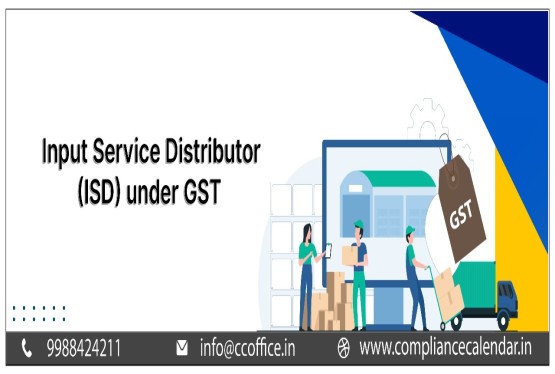








_learn_crop10_thumb.jpg)








_Filing_Due_Dates_for_FY_2024-25_learn_crop10_thumb.jpeg)
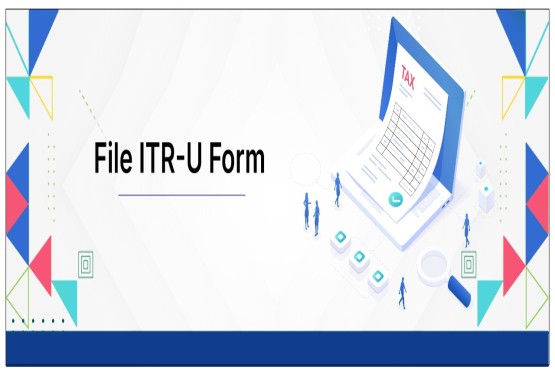

























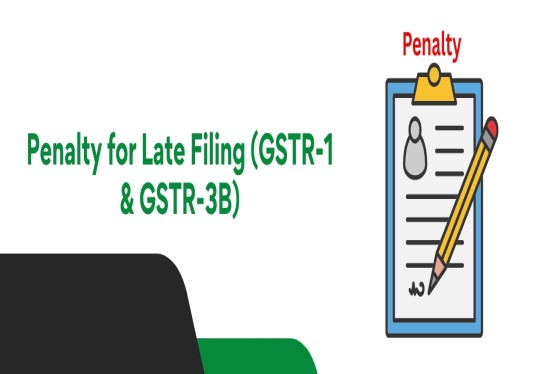












_of_GST_Act_learn_crop10_thumb.jpg)










_Under_GST_learn_crop10_thumb.jpg)









_crop10_thumb.jpg)


_crop10_thumb.jpg)






_learn_crop10_thumb.jpg)






















_of_the_Income_Tax_Act_learn_crop10_thumb.jpg)



_learn_crop10_thumb.jpg)
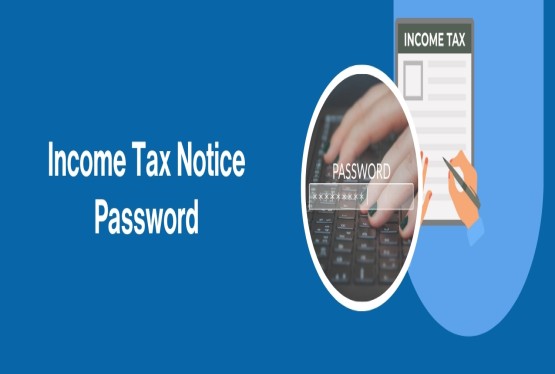





_learn_crop10_thumb.jpg)






_crop10_thumb.jpg)




















_in_The_Income_Tax_Act,_1961_learn_crop10_thumb.jpg)



_learn_crop10_thumb.jpg)



_of_the_Income_Tax_Act_learn_crop10_thumb.jpg)


_Of_Income_Tax_Act_learn_crop10_thumb.jpg)







_learn_crop10_thumb.jpg)








_learn_crop10_thumb.jpg)
_crop10_thumb.jpg)






















_learn_crop10_thumb.jpg)
_for_Import_and_Export_learn_crop10_thumb.jpg)











